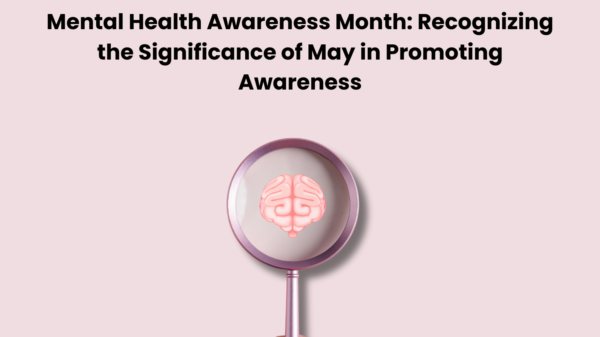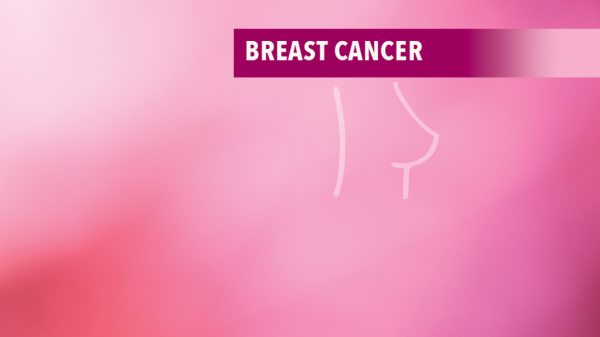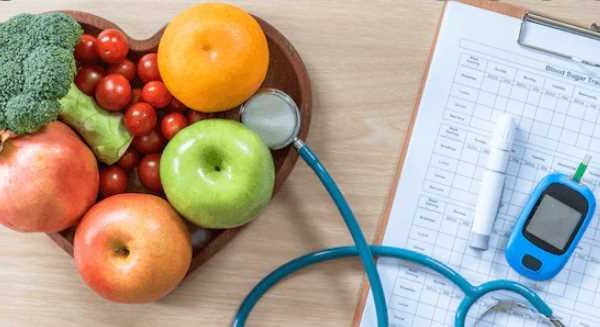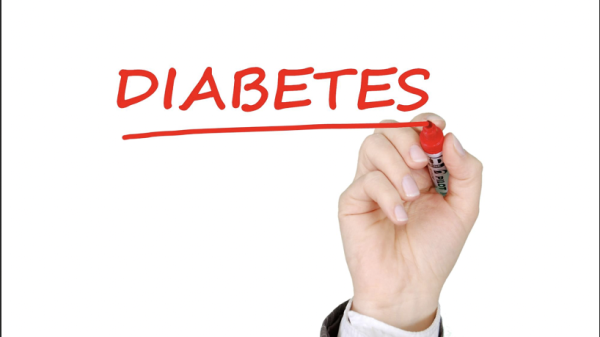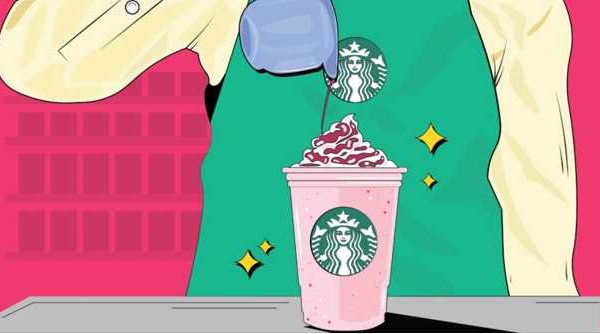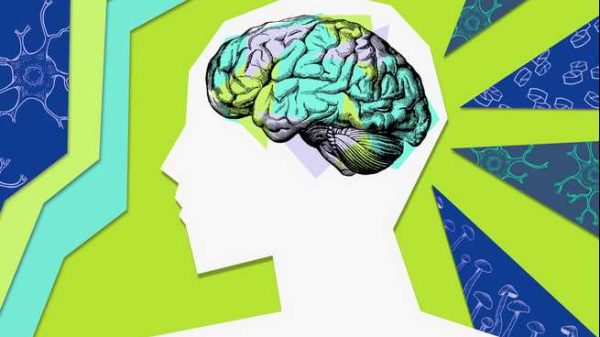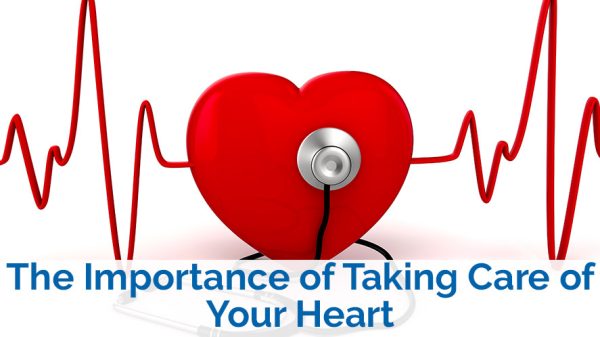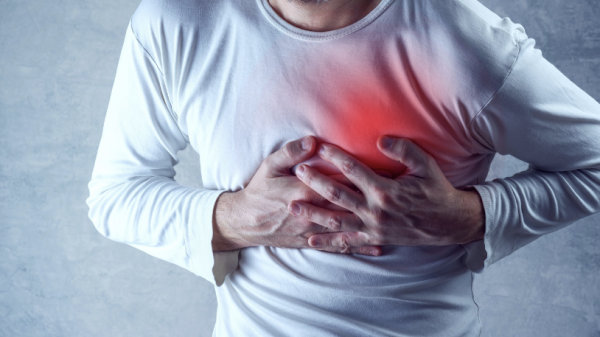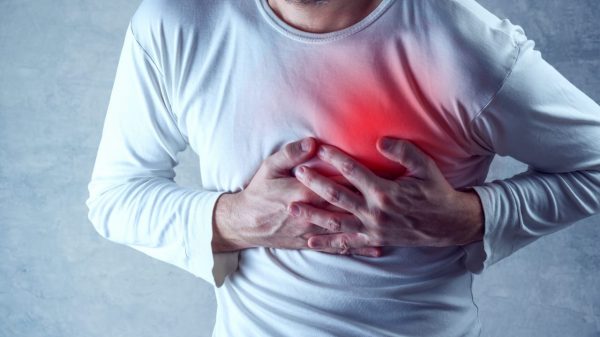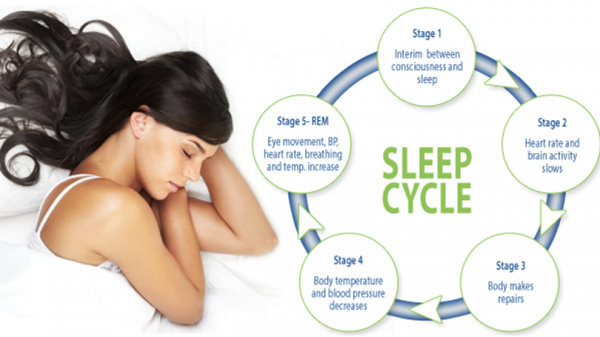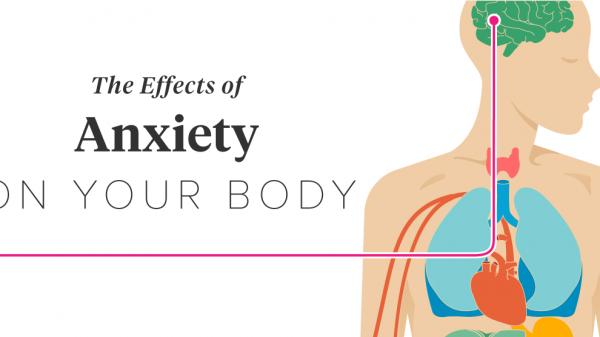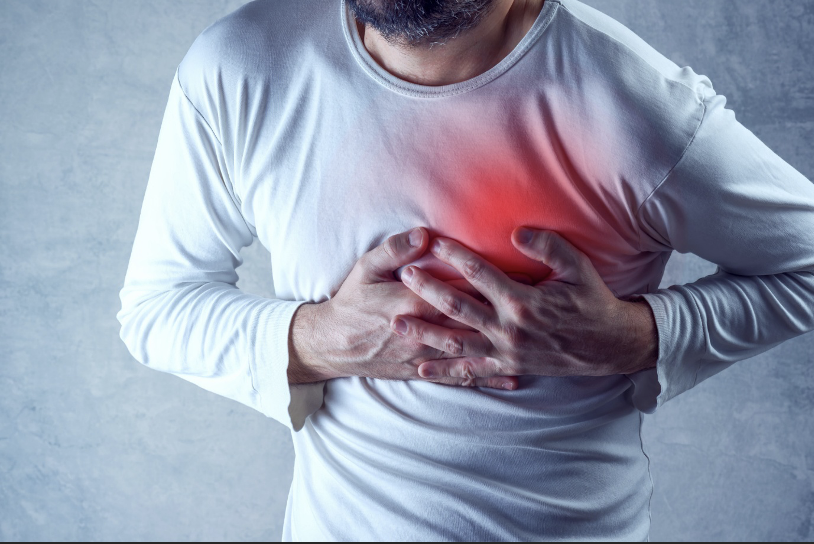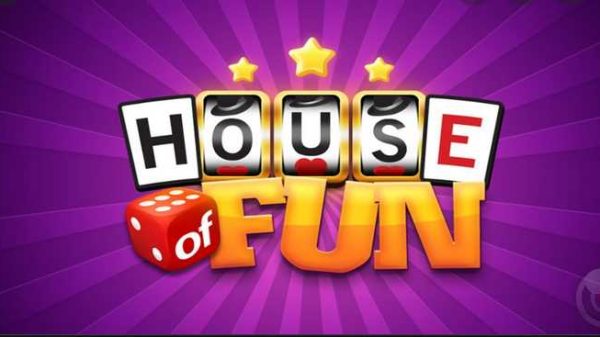The human heart is a miraculous organ that we all tend to take advantage of on a daily basis. It’s only when we start to experience health and heart-related issues that we realize just how important it is to us. Isn’t that the irony of life?
The heart has one main function — to keep you alive by pumping blood throughout your body to all of your organs. In order to operate at its optimum, the heart needs oxygen, nutrients, and clear arteries and veins.
But what happens when the heart muscle begins to degenerate? Are there ways to strengthen the heart muscle after a heart attack? This blog is the source of information you need!
The Reality of Heart Disease Today
Just like any organ in the body, the heart is comprised of muscle and delicate tissue. All of which operate in perfect synchronicity to keep oxygenated blood flowing throughout your body.
But when your arteries become clogged and blocked, this can cause heart tissue to die off. The end result is the development of heart disease, heart attack (also called myocardial infarction), and even death.
The reality is that heart disease is far too prevalent in the world we live in today. In the U.S. alone, it’s responsible for over 25 percent of recorded deaths each year. To add to this, survival rates of those who’ve suffered a heart attack do not look positive, either.
After just 5 years, 51 percent of heart attack sufferers are likely to pass on due to degenerated heart muscle. The harsh reality is that a heart attack causes the premature death of heart muscle and tissue.
Essentially, scar tissue grows over and replaces healthy cardiomyocytes. And the end result is often congestive heart failure.
While this might sound rather dire, there are ways to live a long and happy life with heart disease or even after a heart attack. Today, there is plenty of research into regenerative medicine and stem cell therapy to help heal the heart.
You can learn about this and what Dr. Kenneth Chien, a professor of cardiovascular research, has to say. And alongside this, there are ways to improve and maintain your overall heart health with simple lifestyle changes.
Let’s take a deeper look:
Your Lifestyle and Medication Must Work Hand-in-Hand
Many doctors prescribe their patients medications to lower cholesterol and blood glucose levels. But this is not a one-stop solution to protecting the heart.
Yes, some medications, such as statins are beneficial in managing heart disease. But they must go hand-in-hand with good lifestyle choices. In other words, medications should not be the only solution to healing and protecting the heart muscle.
Those who take steps to improve their overall health in a natural manner are those who have greater success in healing their heart muscle and living longer.
Protect Your Heart Muscle With Movement
If there is one main reason for the onset and increase of heart disease in today’s world, it’s a sedentary lifestyle. Daily movement is absolutely crucial to keeping your heart healthy and re-strengthening your heart muscle.
Regular exercise has profound benefits to your overall health. Not only does it promote healthy heart function but it can also:
- Assist in managing your weight
- Improve muscle-to-fat ratios across the body, i.e. shed unhealthy belly fat that increases your risk of heart failure
- Lowers your blood sugar levels
- Lowers your blood pressure levels
- Protects against the onset of other diseases such as diabetes and osteoporosis
- Reduces stress levels
- Improves your quality of sleep
Ideally, you want to engage in some form of aerobic exercise on a daily basis. It’s as simple as a 30-minute walk or an hour of housework. Resistance or strength training is also brilliant at building healthy heart muscle. While stretching and flexibility exercises are great for reducing stress and preventing injury.
Keep Your Body Fat Percentage In-Check
The reality is this: the higher your percentage of body fat, the more at risk you are of developing heart disease later on in life. As your body weight increases, so does the plaque build-up in your arteries, which can lead to heart disease and heart attack.
Not only this but carrying excess body fat links up with other debilitating diseases. Just some of these include diabetes, hypertension, and raised levels of cholesterol.
One of the best things you can do is to keep your weight and body fat percentage under control as you age. And especially after a diagnosis of heart disease or a heart attack. One area of concern that’s important to keep in mind is the torso/belly area.
Excess belly fat relates to an increased risk of developing heart disease. This is because the type of fat that accumulates in this area secretes cytokines that trigger chronic forms of inflammation. It’s this inflammation that causes and worsens all types of heart diseases.
Keep a Close Eye on Your Non-HDL Cholesterol Levels
For a number of years, most heart specialists believed that lowering LDL cholesterol levels (known as the ”bad” form of cholesterol) was the best way to prevent heart disease. And yes, it’s still crucial to keep these cholesterol levels in check.
However, specialists have since discovered that it’s even more important to keep track of non-HDL cholesterol levels. It’s this type of cholesterol that contributes the most to cholesterol plaques that clog artery walls.
When you have your cholesterol levels checked, make sure you keep close tabs on your non-HDL levels.
Quit Smoking To Protect Your Heart
We get it, quitting smoking is easier said than done for many people — especially long-time smokers. But this is probably the best thing you can do to protect your heart and rebuild its strength over time.
Smoking not only increases your chances of developing clogged arteries. It also raises cholesterol levels and contributes to other conditions such as emphysema, lung cancer, kidney cancer, and diabetes.
Put Your Heart Health First
Your heart muscle is just as vulnerable to strain as any other muscle in your body. In fact, it’s probably one of the most vulnerable muscles in your body. But this article shows that it’s possible to keep it strong and rebuild its strength, even after a heart attack.
However, it comes down to your own personal effort and how much you prioritize your health.
If living a healthy, balanced lifestyle is important to you, take some time to explore the rest of this site. We offer topics on all things fitness, dentistry, nutrition, parenthood, and more!
















